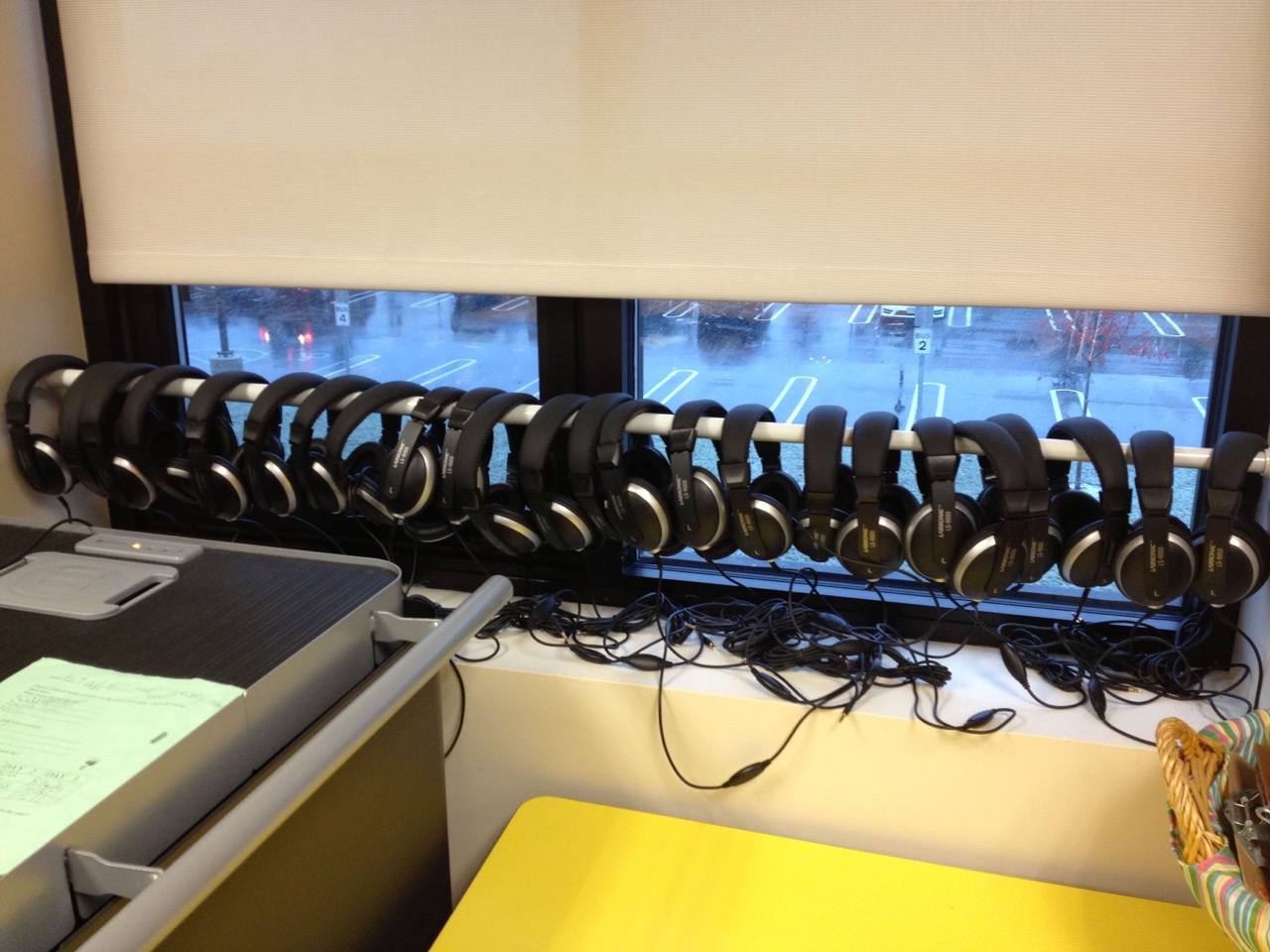

Articles
How To Store Headphones In Classroom
Modified: January 6, 2024
Learn how to properly store headphones in a classroom with these informative articles. Keep your headphones organized and accessible for a clutter-free learning environment.
(Many of the links in this article redirect to a specific reviewed product. Your purchase of these products through affiliate links helps to generate commission for Storables.com, at no extra cost. Learn more)
Introduction
In a modern classroom, technology plays a significant role in enhancing the learning experience. From laptops to tablets, students are often provided with electronic devices to aid their education. One essential accessory that is frequently used in classrooms is headphones. Whether for listening to instructional videos, participating in online discussions, or engaging in audio-based activities, headphones are an integral part of a student’s learning journey.
However, with the increasing reliance on headphones, it becomes crucial to address the issue of proper storage. Poor storage practices can lead to damaged headphones, tangled wires, and even hygiene concerns. Therefore, establishing effective storage measures is essential to ensure that headphones remain in good condition, readily available for students whenever they are needed.
In this article, we will explore the importance of properly storing headphones in the classroom and provide tips and strategies to facilitate efficient headphone storage. By implementing these recommendations, teachers can promote responsible headphone usage among students and prolong the lifespan of their classroom audio equipment.
Key Takeaways:
- Properly storing headphones in the classroom is essential for protecting investments, promoting hygiene, and saving instructional time. Implementing a dedicated storage space and maintenance routines ensures longevity and optimal functionality.
- Educating students on proper handling and storage procedures fosters responsibility and care for shared resources. By involving students in organization and maintenance, teachers create a respectful and well-maintained classroom environment.
Read more: How To Store Classroom Headphones
Importance of Properly Storing Headphones in the Classroom
Properly storing headphones in the classroom is essential for several reasons. Firstly, it helps to protect the investment made in purchasing headphones. Headphones can be a significant expense for schools, especially when considering the need to provide them for multiple students. By ensuring proper storage, teachers can reduce the risk of headphones getting damaged or lost, thus saving time and money on replacements.
Secondly, proper storage promotes hygiene and cleanliness. Headphones are frequently shared among students, and inadequate storage can lead to a buildup of dirt, bacteria, and other impurities. By implementing effective storage practices, teachers can foster a clean and healthy learning environment.
Furthermore, organized storage of headphones helps to save instructional time. When headphones are stored in a systematic manner, they can be easily accessed by students when needed. This eliminates the frustration of searching for headphones, reducing disruptions to the classroom routine and maximizing valuable learning time.
Proper headphone storage also teaches students important skills in responsibility and accountability. By implementing storage procedures and guidelines, educators can empower students to take ownership of their belongings and develop good habits of caring for shared resources.
Lastly, proper storage practices ensure that headphones are well-maintained and functional for a longer period. Tangled wires, bent connectors, and damaged ear cushions are common issues that can arise from improper storage. By providing a safe and organized storage solution, teachers can prolong the lifespan of their headphones, reducing the need for frequent replacements.
Overall, the importance of properly storing headphones in the classroom cannot be overstated. From protecting investments to promoting hygiene, saving instructional time, fostering responsibility, and ensuring longevity, effective headphone storage practices contribute to a positive learning environment for both teachers and students.
Tips for Storing Headphones in the Classroom
When it comes to storing headphones in the classroom, implementing a few simple tips and strategies can make a significant difference. Here are some recommendations to ensure efficient and effective headphone storage:
- Create a Dedicated Storage Space: Designate a specific area in the classroom that is solely dedicated to headphone storage. This could be a cabinet, shelf, or wall-mounted hooks. Having a designated space helps to keep headphones organized and easily accessible for students.
- Organize and Label: Within the storage space, consider using dividers or compartments to keep individual headphones separate. This prevents tangling of wires and makes it easier for students to locate their assigned headphones. Additionally, labeling each compartment with student names or numbers ensures that headphones can be quickly identified and returned to the correct place.
- Individual Storage Bags or Cases: For added protection, provide each student with an individual storage bag or case for their headphones. These bags can be labeled with student names and can be stored within the designated storage area. Individual storage bags help prevent headphones from getting mixed up or damaged when not in use.
- Implement a Check-in and Check-out System: To keep track of headphones and promote responsibility, consider implementing a check-in and check-out system. This can be as simple as having students sign in and out with their headphones, ensuring that they are accountable for their care and return.
- Regular Maintenance and Cleaning: Instruct students on proper headphone maintenance and cleaning. Encourage them to wipe down the headphones regularly with a mild disinfectant or sanitizing wipe to maintain hygiene. Additionally, teach students how to untangle and store headphone wires properly to minimize damage.
- Teach Proper Handling and Storage Procedures: Spend time educating students on the importance of proper handling and storage of headphones. Explain the potential risks of mishandling, such as damaging the connectors or causing wire fraying. By instilling these good practices early on, students will develop a sense of responsibility and care for their headphones.
- Encourage Personal Responsibility: Emphasize the importance of treating shared resources with respect. Encourage students to take personal responsibility for their assigned headphones and remind them to always return them to the designated storage area after use. By fostering a culture of accountability, students will develop a sense of ownership and respect for the shared equipment.
By implementing these tips for storing headphones in the classroom, teachers can create a well-organized and efficient storage system that promotes responsibility, maximizes longevity, and ensures that headphones are readily available when needed during classroom activities.
Creating a Dedicated Storage Space for Headphones
Creating a dedicated storage space for headphones in the classroom is an essential step towards ensuring their proper storage and easy accessibility. Here are some tips to help you create an effective storage area:
1. Assess the available space: Start by assessing the classroom layout and identifying an area that can be designated as the headphone storage space. Look for a location that is easily accessible to students and preferably near the devices or learning stations where headphones are frequently used.
2. Choose the right storage solution: Consider the size of the class and the number of headphones you need to store. Depending on the available space, you may opt for a cabinet, a set of shelves, wall-mounted hooks, or a combination of storage solutions. Make sure the storage solution you choose accommodates the size and quantity of headphones you have.
3. Prioritize organization: Within the storage area, create a system to keep headphones organized. You can use dividers, bins, or labeled compartments to separate individual headphones. This helps prevent tangling of wires and makes it easier for students to find their assigned headphones.
4. Labeling: Consider labeling each compartment or storage space with student names, numbers, or class sections. This makes it easier for students to identify and retrieve their headphones quickly. You can use labels, name tags, or color-coded markers to ensure clear identification.
5. Accessibility: Ensure that the storage area is easily accessible to students. Avoid placing it in a crowded corner or behind obstacles that may hinder students from retrieving their headphones independently. A well-placed storage area encourages students to take responsibility for locating and returning their headphones.
6. Consider security: Depending on the value of the headphones and the potential for theft or damage, you may want to consider additional security measures. This could include installing a lock on the storage space or using a storage solution that offers a locking mechanism.
7. Maintenance and cleaning: Ensure that the storage area is clean and well-maintained. Regularly check for any dust or debris that may accumulate and clean the area as needed. Encourage students to keep the storage area tidy and report any maintenance issues or concerns.
8. Regular organization check: Conduct periodic checks of the headphone storage area to ensure it remains organized and functional. Assess the condition of the storage solution and make any necessary adjustments or improvements. This ensures that the storage space continues to meet the needs of the classroom.
By creating a dedicated storage space for headphones, you establish a clear system for students to store and retrieve their headphones easily. This promotes responsibility, reduces the risk of damage or loss, and facilitates an efficient learning environment where technology is readily available for educational purposes.
Organizing and Labeling Headphone Storage
Organizing and labeling headphone storage in the classroom is crucial for maintaining an efficient and accessible system. When headphones are stored in an organized manner, students can quickly locate their assigned pair, reducing time wastage and potential disruptions. Here are some strategies to help you effectively organize and label headphone storage:
1. Dividers and Compartments: Use dividers or separate compartments within the storage area to keep individual headphones organized. This prevents tangling of wires and ensures that each pair has its designated space. You can use bins, cubbies, or even small storage boxes to create these compartments.
2. Clear Labels: Clearly label each compartment or storage space with student names or numbers. This helps students identify their allocated area and ensures that headphones are returned to the correct spot after use. Make the labels large enough to be easily read and consider using bold or contrasting colors to enhance visibility.
3. Color Coding: Consider using a color-coding system to further aid organization. Assign each student or class section a specific color and use colored labels or markers to indicate their corresponding storage area. This visual cue makes it even easier for students to find their headphones quickly.
4. Visual Guides: For younger students or those who may have difficulty reading labels, consider using picture or symbol-based labeling. Attach small visual cues to the compartments or use picture magnets to indicate where each student’s headphones should be stored. This method helps foster independence and ensures that even non-readers can participate in the organization process.
5. Regular Maintenance: Regularly inspect the headphone storage area to ensure that everything remains organized. Encourage students to report any issues or concerns with the organization or labeling system. Periodic maintenance will help prevent confusion and maintain an efficient storage system throughout the school year.
6. Flexibility for Classroom Changes: If your classroom arrangement changes throughout the year, ensure that the headphone storage system can be easily adjusted. Consider using removable labels or magnetic attachments that can be relocated as needed. This allows you to adapt the storage system to new seating arrangements or classroom configurations.
7. Involve Students: Empower students to take ownership of the organization system by involving them in the labeling process. Assign students the responsibility of maintaining the labels or creating new ones when needed. This fosters a sense of ownership and accountability, ensuring that the organization system remains effective.
8. Regularly Communicate and Reinforce: Regularly remind students of the organization and labeling system in place. Reinforce the importance of returning headphones to their designated spots and emphasize the benefits of an organized storage system. Consistent communication will help students understand and adhere to the system.
By organizing and labeling headphone storage in the classroom, teachers can create a streamlined and efficient system that promotes responsibility and easy access to headphones. Students will appreciate the simplicity of locating their headphones, and teachers will benefit from a smoother classroom experience where technology is readily available for educational activities.
Use a headphone storage rack or hooks to keep headphones organized and easily accessible in the classroom. This will help prevent tangles and damage to the headphones.
Read more: How To Store Headphones
Using Individual Storage Bags or Cases
When it comes to storing headphones in the classroom, providing students with individual storage bags or cases can greatly enhance organization and protection. Using individual storage bags or cases for headphones offers several advantages:
1. Protection from Damage: Individual storage bags or cases provide an extra layer of protection for headphones, shielding them from potential damage. Headphones are often tossed into backpacks or placed on desks, which can lead to tangled wires, bent connectors, or broken ear cushions. With individual storage bags or cases, headphones are kept safe and well-maintained, ensuring longevity.
2. Personalization: By offering individual storage bags or cases, students can personalize their space and feel a sense of ownership over their headphones. Whether it’s choosing a favorite color, adding stickers, or personalizing with their names, these storage accessories enable students to connect with their headphones and take pride in their belongings.
3. Organization: Individual storage bags or cases help to keep headphones organized and prevent mix-ups. Each student has their own designated bag or case, making it easier for them to locate their headphones without confusion. This eliminates the hassle of untangling wires or searching through a common shared storage area.
4. Hygiene: In a classroom setting, hygiene is of utmost importance. Providing individual storage bags or cases for headphones helps to maintain cleanliness and prevent the spread of germs. Students can store their headphones separately and keep them free from dirt, dust, and other contaminants.
5. Easy Transportation: Individual storage bags or cases offer convenient portability for students. They can easily carry their headphones with them throughout the day, whether moving between classrooms or taking them home for assignments. This ensures that headphones are protected during transportation and minimizes the chances of loss or damage.
6. Responsibility: Assigning each student with their own storage bag or case fosters a sense of responsibility. Students are accountable for taking care of their own headphones and returning them to their individual storage space. This promotes good habits, independence, and respect for personal and shared resources.
7. Identification: Individual storage bags or cases can be easily labeled with student names or numbers. This allows for quick identification and ensures that each student retrieves their own headphones. It simplifies the process of checking in and out headphones and reduces the risk of confusion or accidental exchanges.
8. Customizability: Individual storage bags or cases come in a variety of sizes, styles, and materials. Consider options such as zippered bags, hardshell cases, or drawstring pouches to suit your students’ needs and preferences. Ensure that the chosen storage solution provides adequate protection and is easily accessible for students.
By utilizing individual storage bags or cases for headphones in the classroom, teachers can promote organization, protection, and personal responsibility. Students will appreciate having their own dedicated space for headphones, and teachers will benefit from reduced damage, enhanced hygiene, and streamlined headphone management.
Implementing a Check-in and Check-out System for Headphones
Implementing a check-in and check-out system for headphones in the classroom is an effective way to track and manage the use of these valuable resources. Here are some steps to help you establish a successful check-in and check-out system:
1. Assign Unique Identifiers: Provide each student with a unique identifier, such as a student ID number, a name card, or even a dedicated headphone card. This identifier will be used to associate each student with their assigned pair of headphones.
2. Create a Check-in/Check-out Station: Set up a designated area in the classroom where students can check-in and check-out their headphones. This station can consist of a table or a dedicated section on a whiteboard or bulletin board.
3. Display Clear Instructions: Instruct students on the check-in and check-out process. Clearly display step-by-step instructions at the check-in/ check-out station to guide students through the procedure.
4. Establish a Sign-in Sheet: Create a sign-in/sign-out sheet where students can record their name, date, and the condition of the headphones when checking them in or out. This helps to keep a record of headphone usage and encourages students to be responsible for the condition of their assigned pair.
5. Train Students: Take time to explain the importance of the check-in and check-out system to students. Teach them how to properly sign in and sign out, emphasizing the need for accuracy and honesty when recording the condition of the headphones.
6. Monitor the Process: Supervise the check-in and check-out process to ensure that students are following the established procedures. Provide support and guidance as needed, especially in the beginning stages of implementing the system.
7. Emphasize Responsibility: Encourage students to take responsibility for their assigned pair of headphones. Remind them of the importance of returning the headphones in the same condition as when they were checked out.
8. Regularly Check Headphone Inventory: Periodically conduct inventory checks to ensure that all headphones are accounted for. Compare the list of assigned headphones with those that have been checked in or checked out. This helps identify any missing or misplaced headphones and allows for timely resolutions.
9. Address Damages or Losses: In cases of damaged or lost headphones, establish a procedure for reporting and addressing such incidents. Students should be held responsible for any damage they cause to the headphones and may be required to contribute to the cost of repair or replacement.
10. Evaluate and Improve: Regularly assess the effectiveness of the check-in and check-out system. Gather feedback from students and make adjustments as needed to streamline the process or address any concerns that arise.
Implementing a check-in and check-out system for headphones provides a structured approach to managing these valuable classroom resources. It promotes accountability, minimizes loss or misuse of headphones, and ensures that they are readily available for student use when needed for educational activities.
Regular Maintenance and Cleaning of Headphones
Regular maintenance and cleaning of headphones in the classroom are essential for preserving their performance and durability. By implementing proper maintenance practices, teachers can extend the lifespan of the headphones and ensure optimal functionality. Here are some tips for regular maintenance and cleaning of headphones:
1. Establish a Cleaning Schedule: Create a regular schedule for cleaning the headphones. Depending on the frequency of use, aim to clean them at least once a week or as needed. Consistency is key to maintaining hygiene and preventing the buildup of dirt and bacteria.
2. Use Gentle Cleaning Solutions: When cleaning headphones, use gentle cleaning solutions appropriate for the materials of the headphones. Avoid harsh chemicals or abrasive cleaners that could damage the headphones. A soft cloth dampened with mild soap and water is often sufficient for cleaning the ear cushions, headbands, and outer surfaces.
3. Clean Ear Cushions: The ear cushions are in direct contact with students’ ears, making them a hotspot for dirt and bacteria. Remove the ear cushions from the headphones (if possible) and clean them separately according to the manufacturer’s instructions. If the ear cushions are not removable, wipe them carefully with a damp cloth to remove any visible dirt or oil buildup.
4. Untangle and Organize Wires: Tangled or knotted wires can lead to weakened connections and affect the audio quality. Regularly check the wires of the headphones and untangle any knots or twists. Encourage students to handle the wires with care, preventing them from being bent or twisted excessively.
5. Inspect Connectors: Periodically inspect the connectors of the headphones where they connect to the audio source. Look for any signs of damage, such as bent or corroded pins. If any issues are detected, contact the manufacturer for assistance or consider replacing the headphones if necessary.
6. Encourage Proper Storage: Emphasize the importance of proper storage to students. Instruct them to store the headphones in a safe and designated area when not in use. Avoid placing heavy objects on top of the headphones or placing them in a way that could cause bending or damage to the headband or wires.
7. Teach Proper Handling: Instruct students on how to handle the headphones with care. Remind them not to pull or yank on the wires, as this can cause damage. Encourage students to use both hands when putting on or taking off the headphones to minimize strain on the headband.
8. Educate on Personal Hygiene: Remind students of good personal hygiene practices when using headphones. Encourage them to clean their hands before handling the headphones to prevent transferring dirt and oils. Remind them to avoid sharing headphones and to report any issues, such as discomfort or lack of audio, immediately.
9. Provide Spare Ear Cushions: Consider having spare ear cushions available for replacement when needed. Over time, ear cushions can wear out or become uncomfortable, so having replacements ensures that students can continue using the headphones comfortably and hygienically.
10. Regularly Check for Damage: Regularly inspect the headphones for any signs of wear, tear, or damage. Check the headband, wires, connectors, and any other components for loose parts or visible damage. Address any issues promptly to prevent further damage and ensure the headphones continue to function properly.
Regular maintenance and cleaning of headphones not only improve their longevity but also contribute to a clean and hygienic learning environment. By incorporating these practices into your classroom routine, you can ensure that the headphones remain in excellent condition and provide an optimal audio experience for students.
Ensuring Students Understand Proper Handling and Storage Procedures
Ensuring that students understand and follow proper handling and storage procedures for headphones is essential in maintaining their longevity and usability. By educating students on the correct techniques and reinforcing these practices, teachers can promote responsible use and care for classroom headphones. Here are some tips to ensure that students understand and adhere to proper handling and storage procedures:
1. Initial Instruction: Begin by providing clear and comprehensive instructions on how to handle and store headphones. Explain the importance of proper handling and storage to prevent damage and ensure the headphones remain in good condition for everyone to use.
2. Demonstrate Correct Usage: Show students how to correctly wear and adjust the headphones to ensure a comfortable fit. Demonstrate proper placement over the ears and proper adjustment of the headband to prevent unnecessary strain or discomfort.
3. Emphasize Gentle Handling: Teach students to handle the headphones with care. Instruct them to avoid yanking or pulling on the wires, as this can weaken the connections and potentially damage the headphones. Encourage them to treat the headphones as valuable resources.
4. Stress the Importance of Storage: Explain why it is crucial to store the headphones properly. Emphasize the need to protect them from accidental damage or loss. Reinforce the importance of returning the headphones to their designated storage area after each use.
5. Provide Visual Reminders: Display clear visual reminders in the classroom about proper handling and storage procedures. Use posters or charts to illustrate step-by-step instructions. Visual cues can serve as effective reminders for students, especially younger learners or those who benefit from visual aids.
6. Role-Playing and Practice: Conduct role-playing exercises where students can practice putting on and taking off the headphones correctly. This allows for hands-on learning and reinforces the proper way to handle the headphones. Encourage students to assist and provide feedback to one another during these exercises.
7. Reinforce Personal Responsibility: Encourage students to take personal responsibility for their assigned headphones. Stress the importance of treating the headphones with respect and caution, as they are shared resources. Teach them to be mindful of others and considerate of their classmates’ needs.
8. Encourage Communication: Create an open environment where students feel comfortable reporting any issues or concerns with the headphones. Encourage them to communicate if they notice any damage, discomfort, or audio issues. Foster a sense of responsibility in helping to maintain the quality and functionality of the headphones.
9. Regularly Reinforce Proper Techniques: Incorporate reminders and reinforcement of proper handling and storage procedures into your daily routine. This could be through brief discussions, periodic reminders, or classroom announcements. Consistent reinforcement helps to reinforce these practices as part of students’ regular habits.
10. Address Misuse or Neglect: If a student consistently fails to follow proper handling and storage procedures, address the issue promptly. Discuss the importance of responsible behavior and the potential consequences of neglecting proper practices. Work with the student to understand any underlying challenges or misunderstandings and provide guidance or solutions as needed.
By ensuring that students understand and follow proper handling and storage procedures for headphones, teachers can instill a sense of responsibility and care for shared resources. This not only extends the lifespan of the headphones but also promotes a respectful and well-maintained classroom environment where technology is respected and appreciated.
Read more: How To Store Chromebooks In A Classroom
Conclusion
Properly storing headphones in the classroom is crucial for maintaining their functionality, durability, and hygiene. By implementing effective storage strategies and educating students on proper handling and storage procedures, teachers can ensure that headphones remain in good condition, readily accessible, and optimal for educational use.
Establishing a dedicated storage space for headphones helps to keep them organized and easily accessible. Dividers, compartments, and labeling further enhance organization, preventing tangling of wires and mix-ups between students. Individual storage bags or cases provide added protection, personalization, and easy transportation for students.
Implementing a check-in and check-out system allows teachers to keep track of headphone usage, fostering responsibility and accountability among students. Regular maintenance and cleaning routines help maintain the performance and hygiene of the headphones, while ensuring that they are free from dirt, bacteria, and damage.
By teaching students proper handling and storage procedures, educators empower them to take ownership of their headphones and develop good habits of care and responsibility. This promotes a respectful learning environment and minimizes the need for frequent headphone replacements.
In conclusion, efficient headphone storage practices in the classroom contribute to a positive learning experience for both teachers and students. By creating an organized and well-maintained storage system, teachers can maximize the lifespan of headphones, protect the investment made in acquiring them, and provide students with the necessary tools for effective and engaging education.
Frequently Asked Questions about How To Store Headphones In Classroom
Was this page helpful?
At Storables.com, we guarantee accurate and reliable information. Our content, validated by Expert Board Contributors, is crafted following stringent Editorial Policies. We're committed to providing you with well-researched, expert-backed insights for all your informational needs.


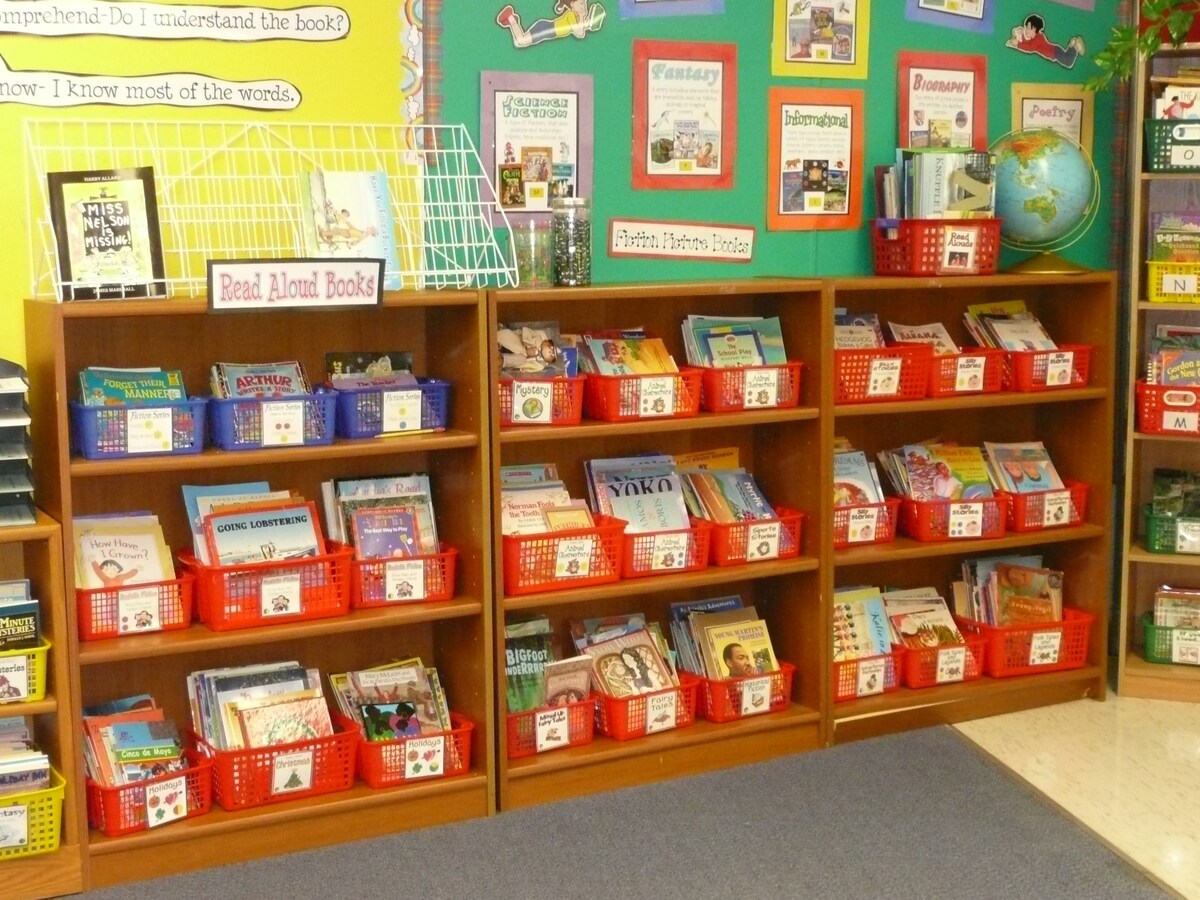
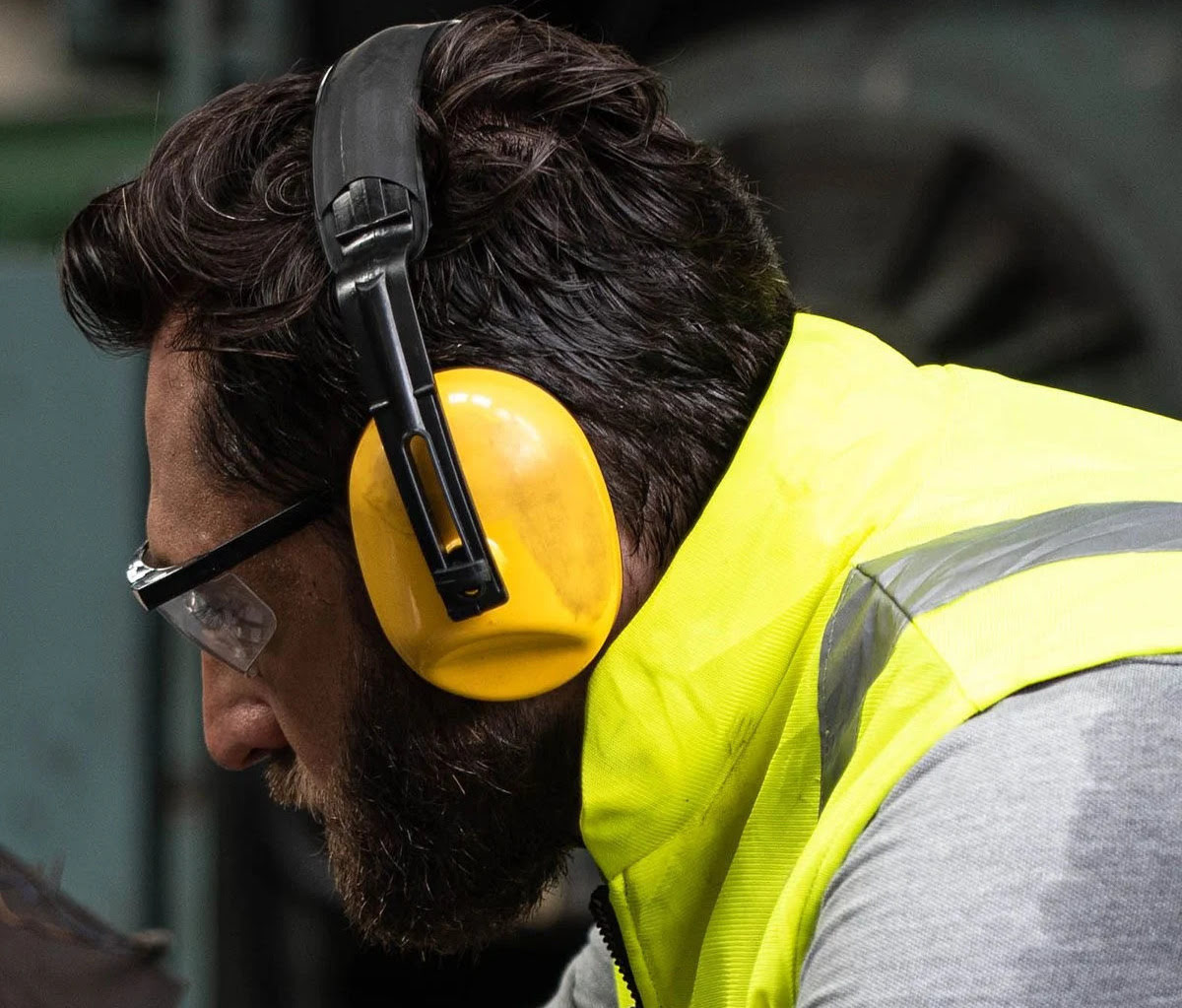
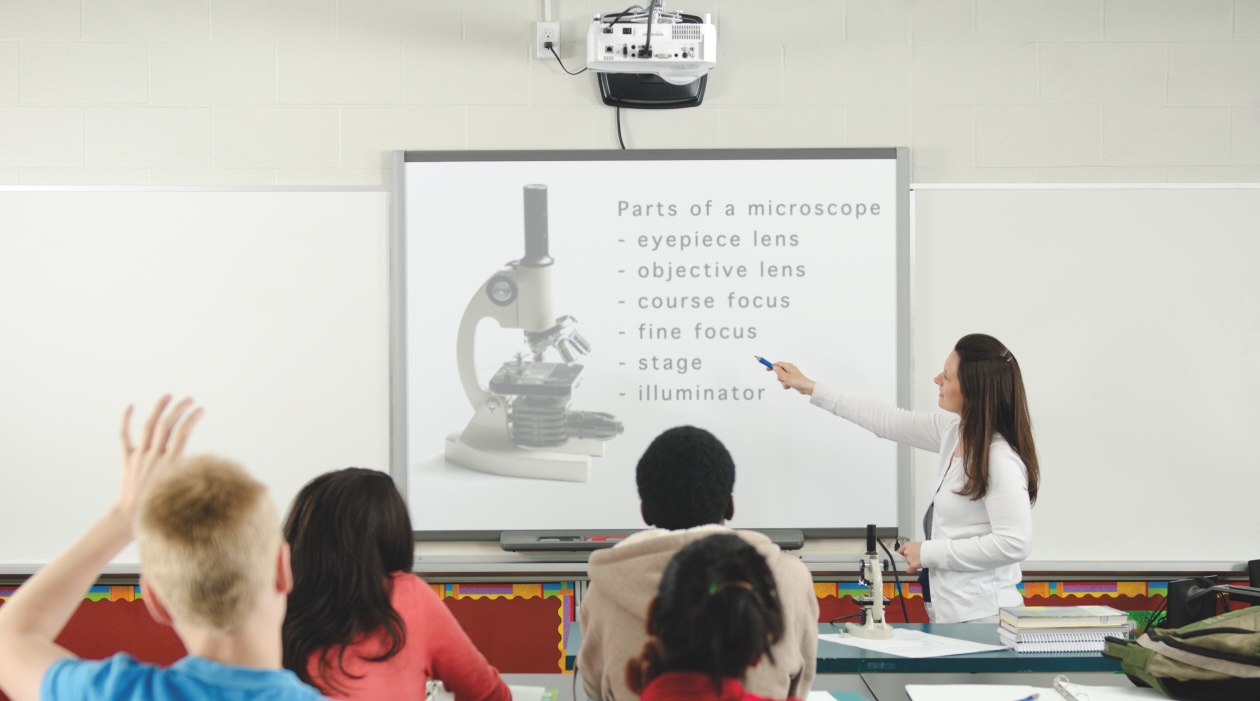
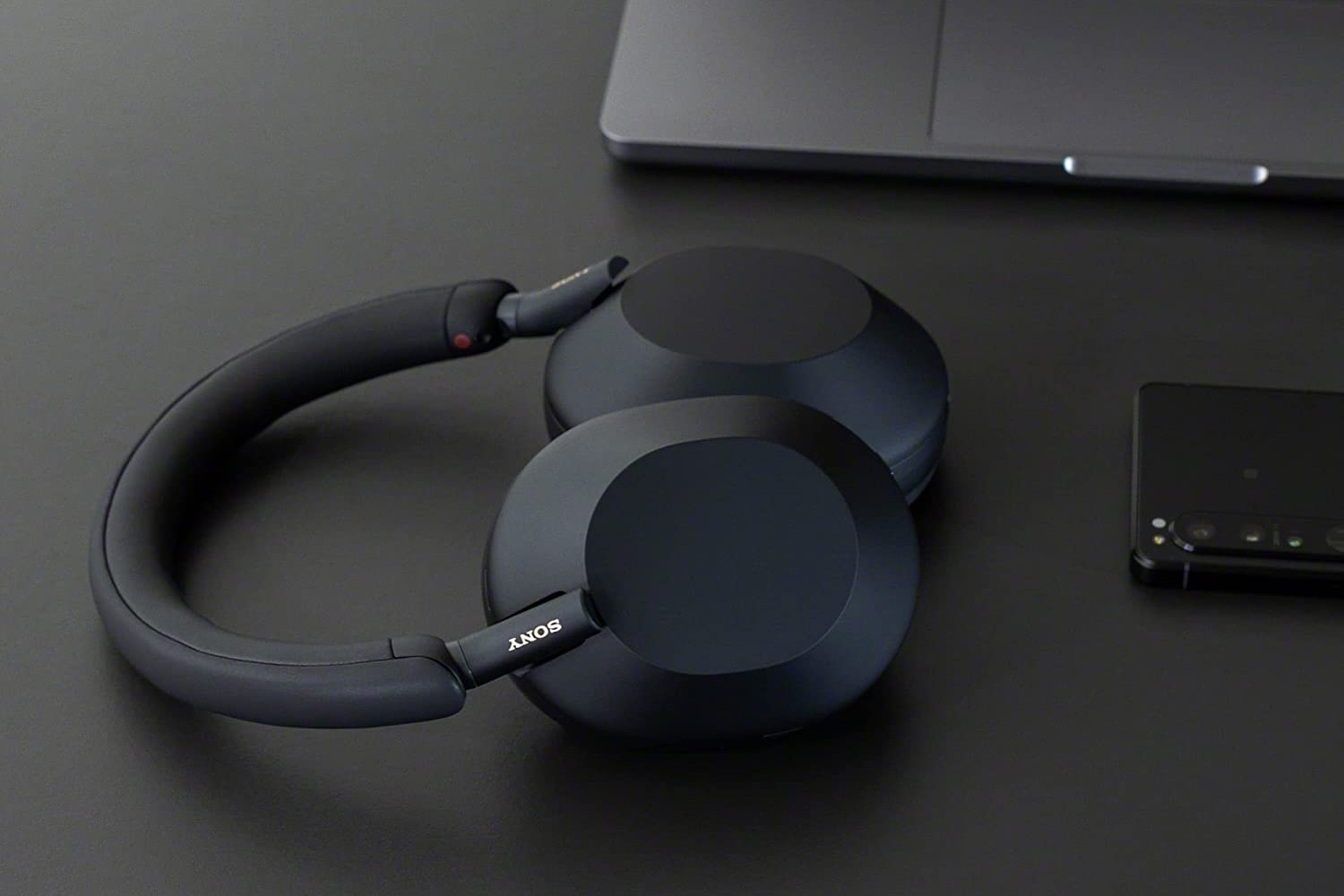
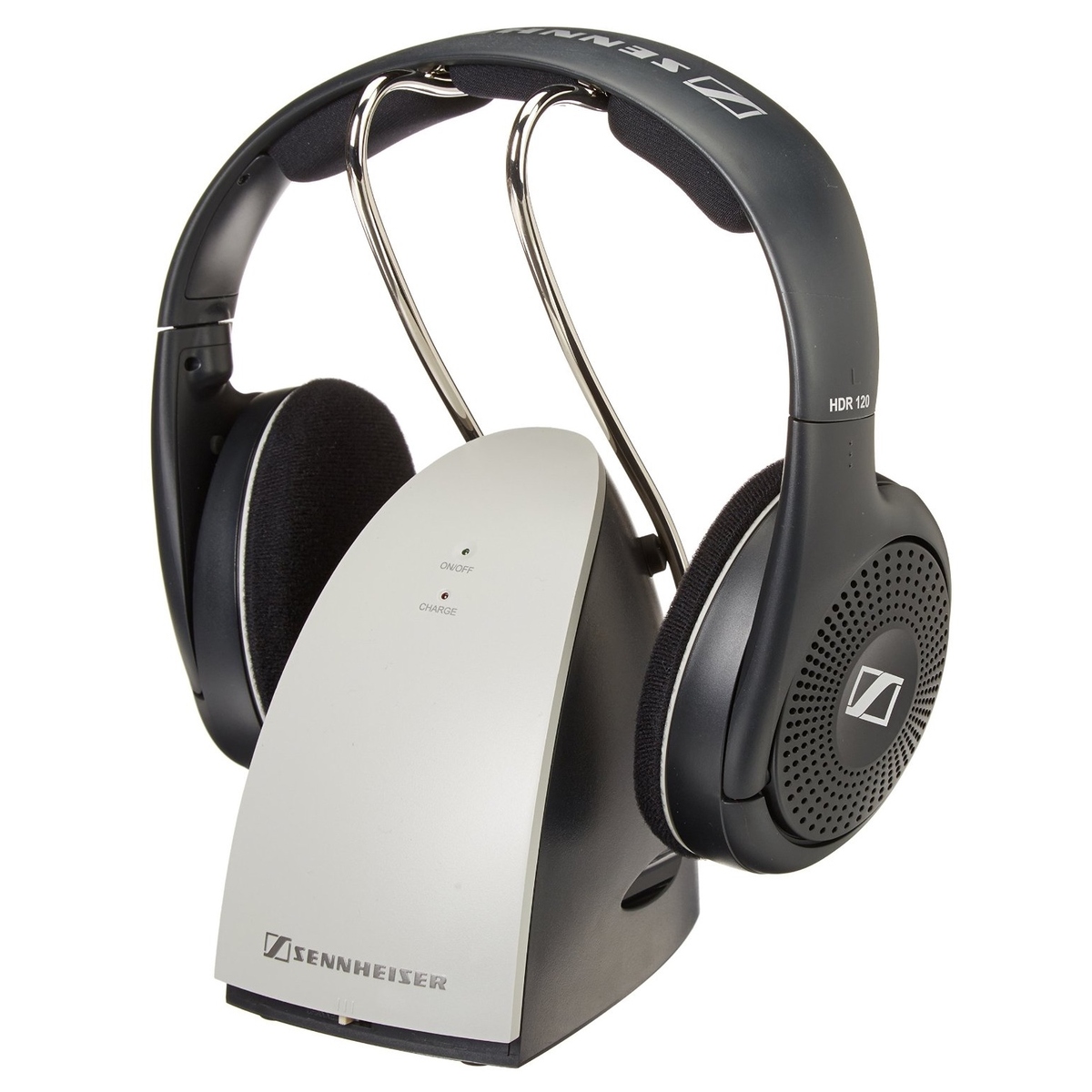

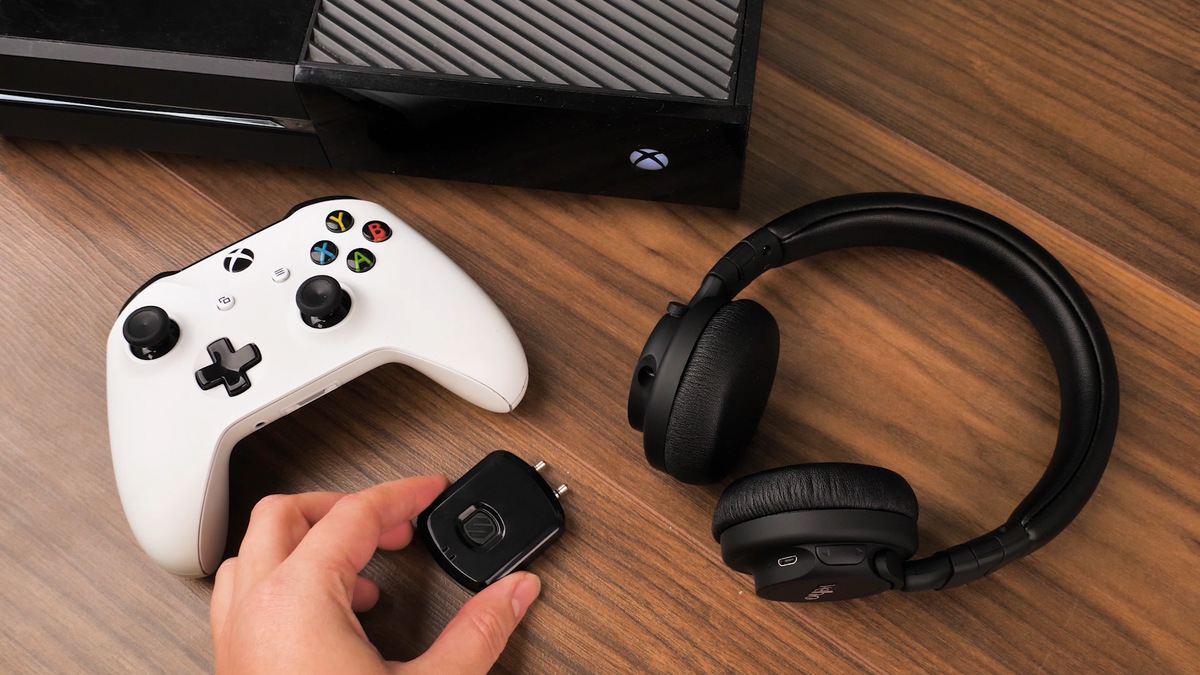
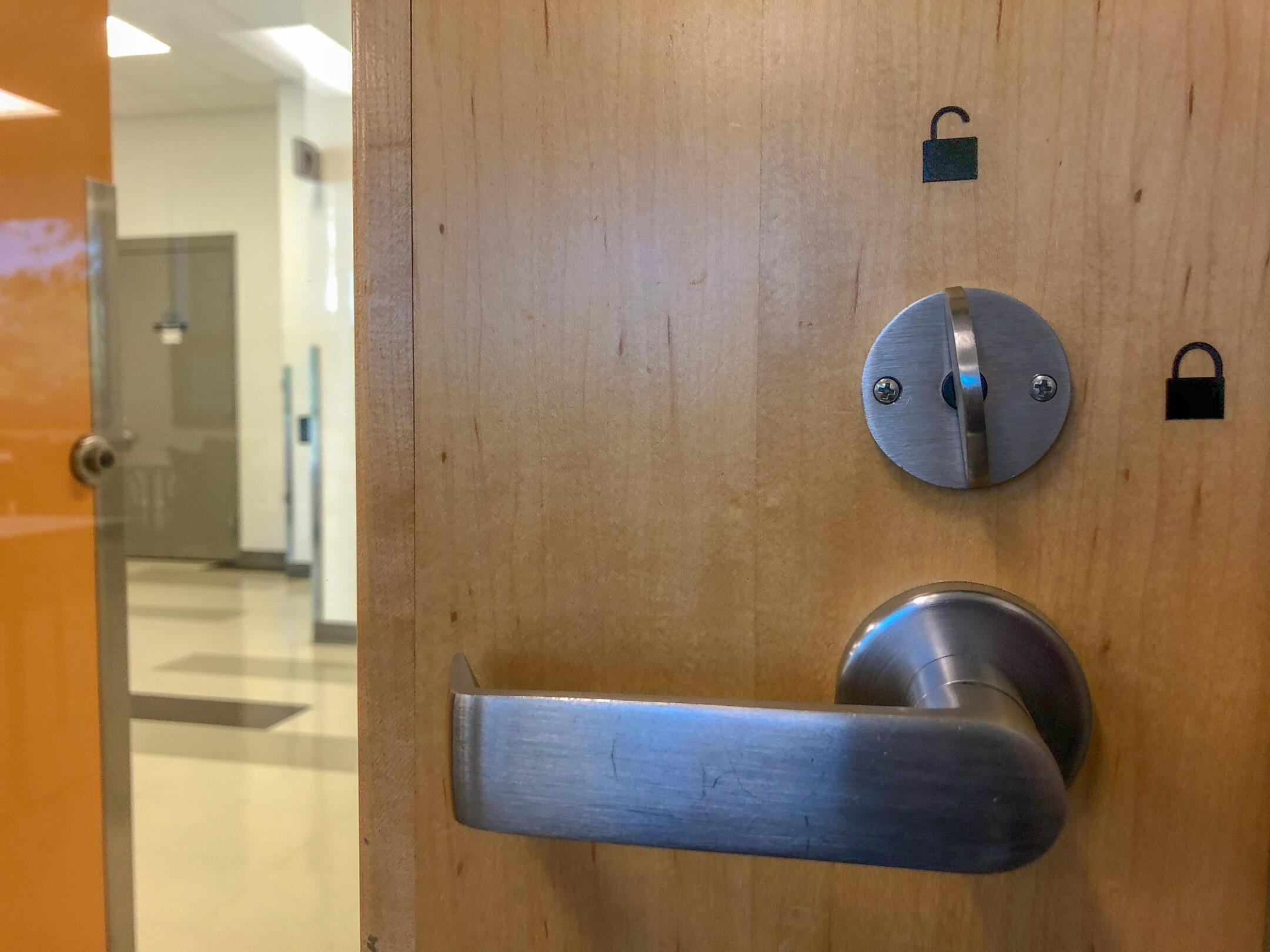
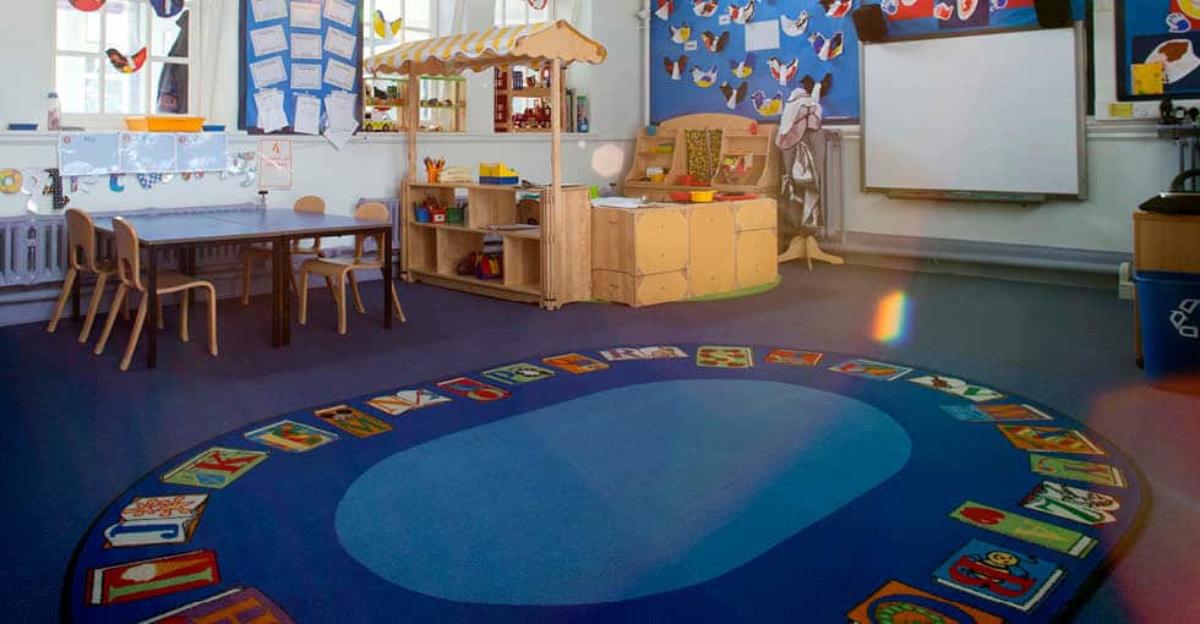
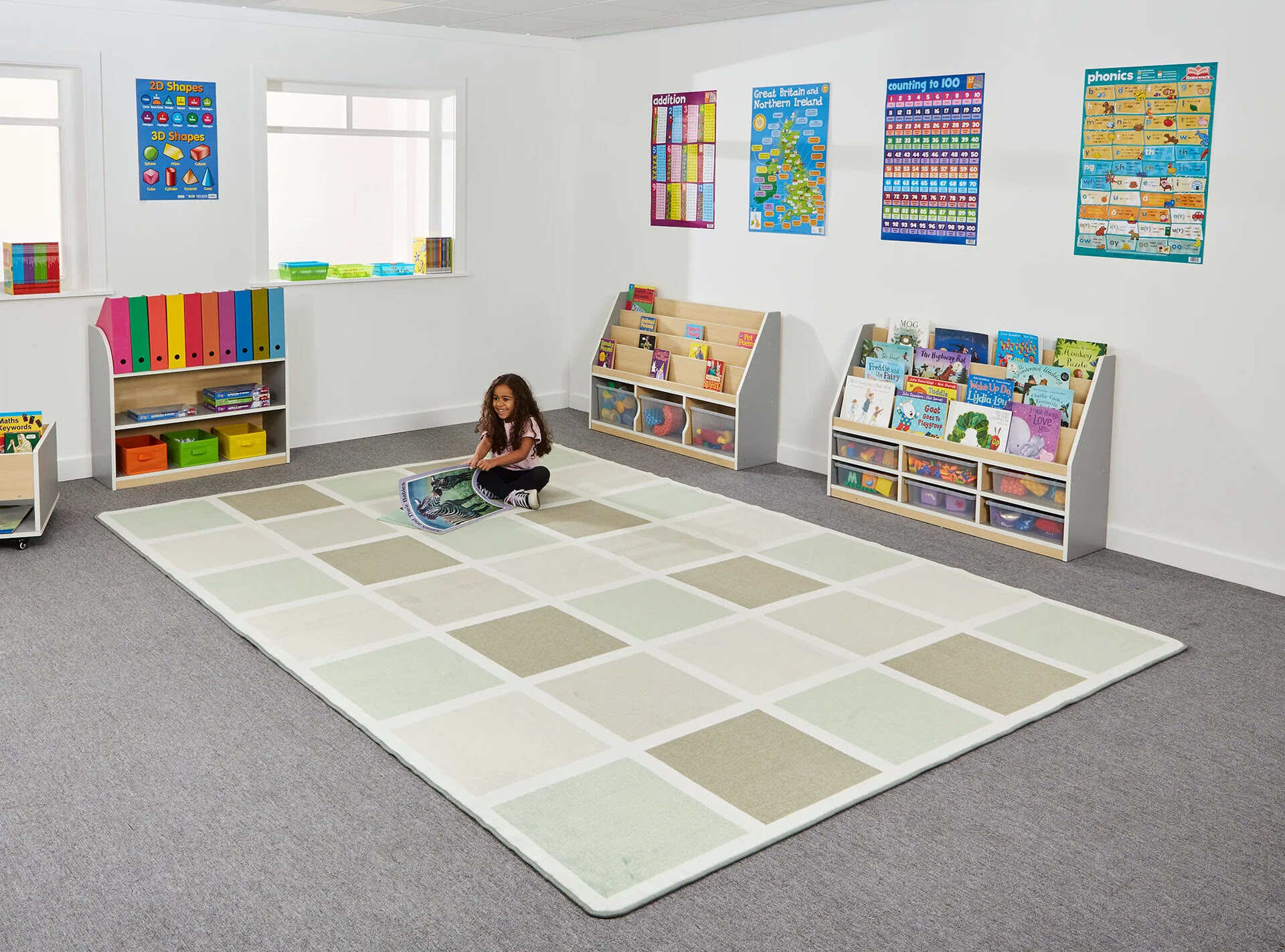
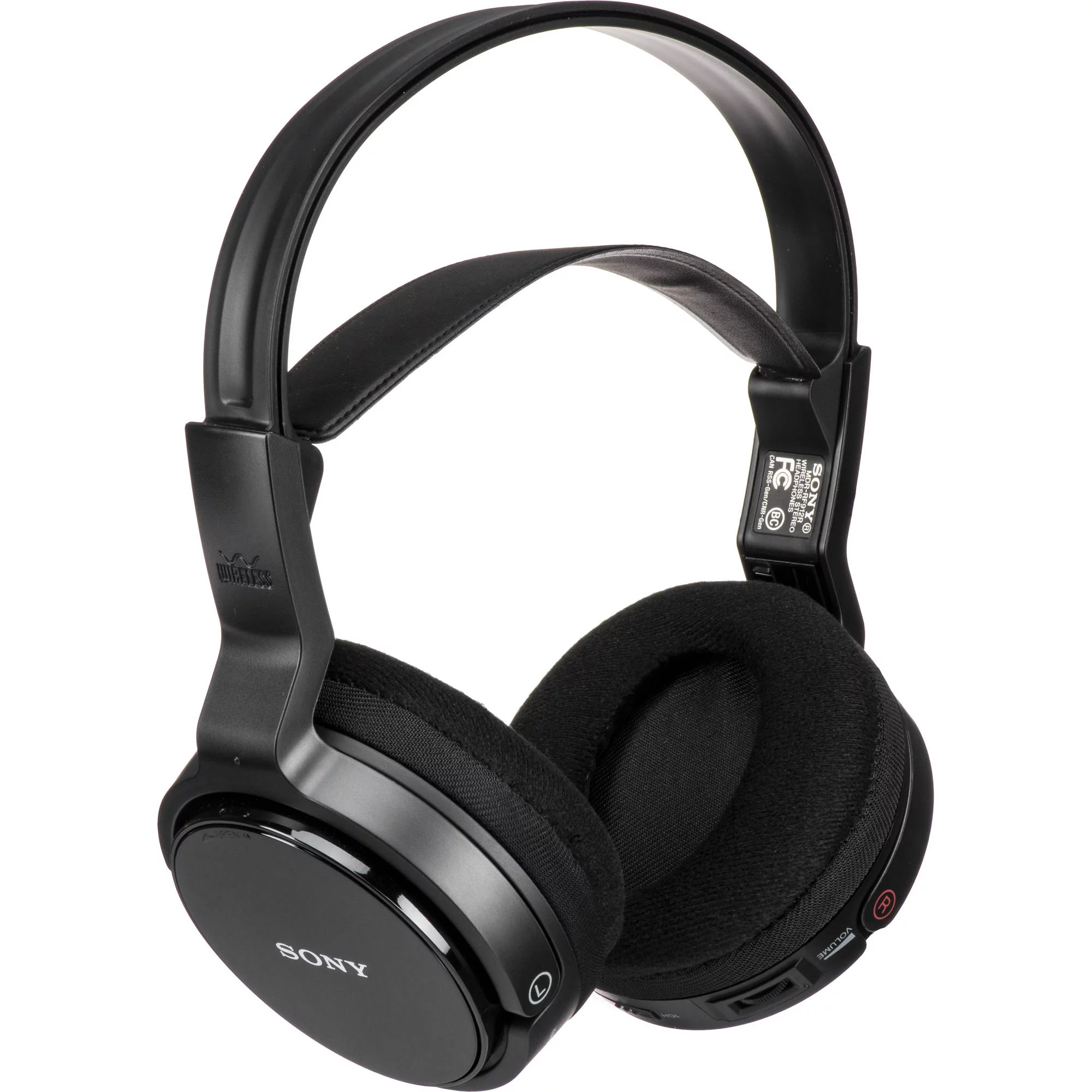

0 thoughts on “How To Store Headphones In Classroom”